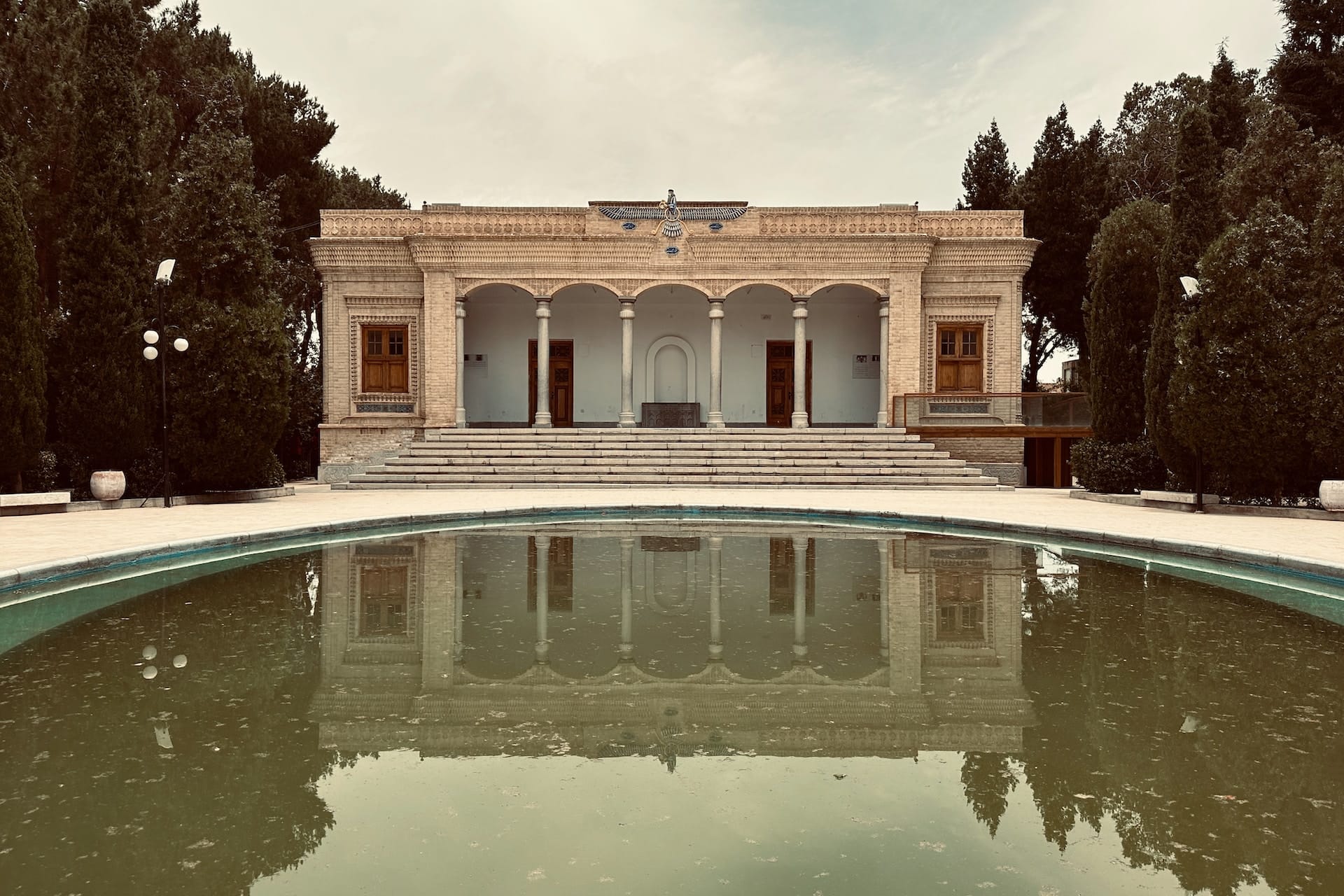
Table of Contents
Zoroastrianism is one of the oldest monotheistic religions in the world. In fact, many think that it’s the world’s first monotheistic religion. As such, it holds a special place among the religions in the world. The religion was founded by the Persian prophet Zoroaster, also known as Zarathustra or Zartosht.
Zoroastrians believe that there is only one God called Ahura Mazda who created the world along with everything in it. There are many meaningful symbols in the Zoroastrian religion. Here’s a look at some of the most important symbols in Zoroastrianism and their significance.
1. Faravahar

The Faravahar is known to be the most common symbol of Zoroastrian faith. It depicts a bearded old man with one hand reaching forward, standing above a pair of wings that are stretched out from a circle in the center.
The Faravahar is said to represent the three principles of Zoroaster which are ‘Good Thoughts, Good Words and Good Deeds’. It’s a reminder to Zoroastrians about their purpose in life to stay away from bad, strive toward goodness and behave well while they live on Earth.
The symbol is also said to depict Ashur, the Assyrian god of war, and represents the never-ending war between good and evil. However, some say the feathered robe worn by the figure in the center represents a guardian angel (or Fravashi), who watches over all and aids in fighting for the good.
2. Fire

Followers of Zoroastrianism worship in fire temples and are often mistaken for fire worshippers. However, they don’t just worship fire. Instead, they revere the meaning and significance that fire represents. Fire is considered the supreme symbol of purity that represents warmth, the light of God and the illuminated mind.
Fire is a sacred and fundamental symbol in Zoroastrian worship and is a must in every Fire temple. The Zoroastrians make sure that it stays lit continually and is fed and prayed to at least 5 times a day. Fire is also known to be a source of life and no Zoroastrian ritual is complete without one.
According to legend, there were 3 fire temples that were said to have derived directly from the Zoroastrian God, Ahura Mazda, at the beginning of time which made them the most important in all of Zoroastrian tradition. Although archaeologists have searched time and again for these temples, they have never been found. Whether they were purely mythical or ever existed remains unclear.
3. Number 5

The number 5 is one of the most significant numbers in Zoroastrianism. The importance of the number 5 is that it refers to the 5 astronomical bodies which can easily be seen from the Earth. These are the sun, moon, mercy, venus and mars.
Since the prophet Zoroaster often drew his inspiration from the heavens, the religion is centered in the belief that the natural state of the universe should remain as it is without being changed by humans and for this reason, the stars and the planets play a large role in the beliefs of Zoroastrians.
It’s also the number of times that the sacred fire must be fed each day and the number of days required to complete the ritual of death rites. At the end of 5 days, it’s said that the soul of the dead has finally moved on and reached the spirit world to rest forever in peace.
4. Cypress Tree

The cypress tree is one of the most beautiful motifs found in Persian rugs and is a symbol that appears frequently in Zoroastrian folk art. This motif represents eternity and long life. This is because Cypress trees are some of the longest living trees in the world and also because they are evergreen trees, that don’t die during winter but stay fresh and green all year, withstanding cold and darkness.
Cypress branches played an important role in Zoroastrian temple ceremonies and were usually placed or burned on the alter. They were also planted around the temples to shade the graves of the people of religious importance.
In Zoroastrianism, cutting down a cypress tree is said to bring bad luck. It’s likened to destroying one’s own fortune and allowing misfortune and illness to enter. Revered and respected even today, these trees remain one of the most important symbols in the religion.
5. Paisley Design
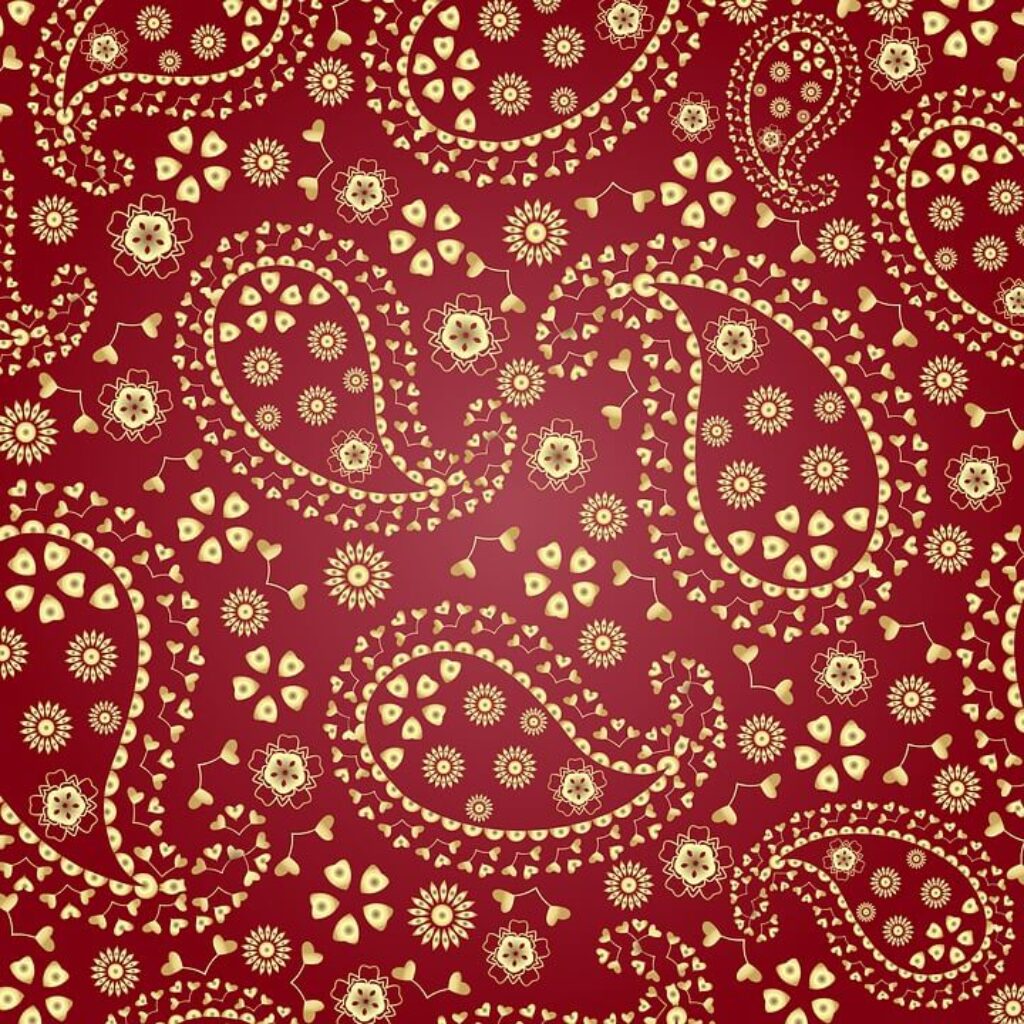
The Paisley design, called ‘Boteh Jegheh’, was created as a motif for the Zoroastrian religion, its origins going all the way back to Persia and the Sassanid Empire.
The pattern consists of a teardrop with a curved upper end which represents the Cypress Tree, a symbol of eternity and life that is also Zoroastrian.
This design is still highly popular in modern Persia and can be found on Persian curtains, carpets, clothing, jewelry, paintings and artwork. It quickly spread to other countries and is even popular around the world today, used on practically everything from stone carvings to accessories and shawls.
6. Avesta
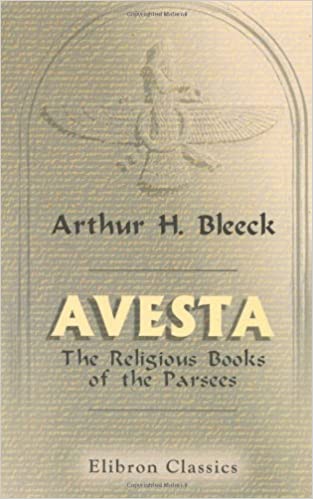
The Avesta is the scripture of Zoroastrianism that was developed from an oral tradition founded by Zoroaster. It’s said that Avesta means ‘praise’, but there is still some debate about the validity of this interpretation. According to Zoroastrian tradition, the original work of 21 books known as ‘Nasts’ was revealed by Ahura Mazda.
Zoroaster recited the content of the books (prayers, praises and hymns) to King Vishtaspa who then had them inscribed on gold sheets. They were inscribed in Avestan, a language which is now extinct, and were preserved orally until the Sassanians committed them to writing. They did this by inventing an alphabet based on Aramaic script and using it to translate the scriptures.
7. Sudreh and Kusti
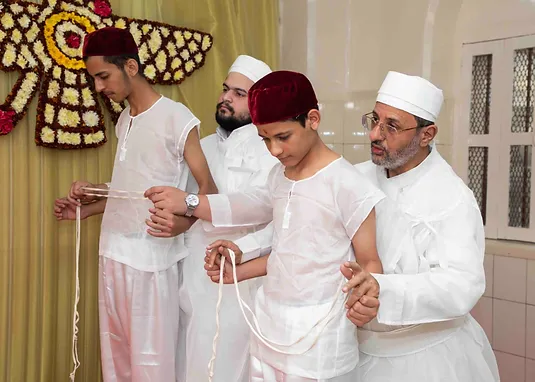
The Sudreh and Kusti make up a religious outfit worn by traditional Zoroastrians. The Sudreh is a thin, white shirt made of cotton. The man’s version of a Sudreh is similar to a V-necked T-shirt with a pocket over the chest, symbolic of the place where you keep the good deeds that you have done during the day. A woman’s version is more similar to a ‘camisole’ without sleeves.
The Kusti works like a sash, tied over the Sudreh and around the waste. It consists of 72 interwoven strands, each one representing a chapter in the Yasna, the high liturgy of Zoroastrianism.
This outfit symbolizes purity, light and goodness and the cotton and wool are reminders of the sacredness of plants and animal sectors of creation. Together, the outfit symbolizes the ‘armor of God’ which was worn by the deity’s spiritual warriors of the Light.
In Brief
The above list features the most important and influential symbols in Zoroastrianism. Some of these symbols, like the Paisley pattern, the Faravahar and the Cypress Tree, have become popular designs for jewelry, clothing and artwork and are worn by people from various cultures and religions all over the world.
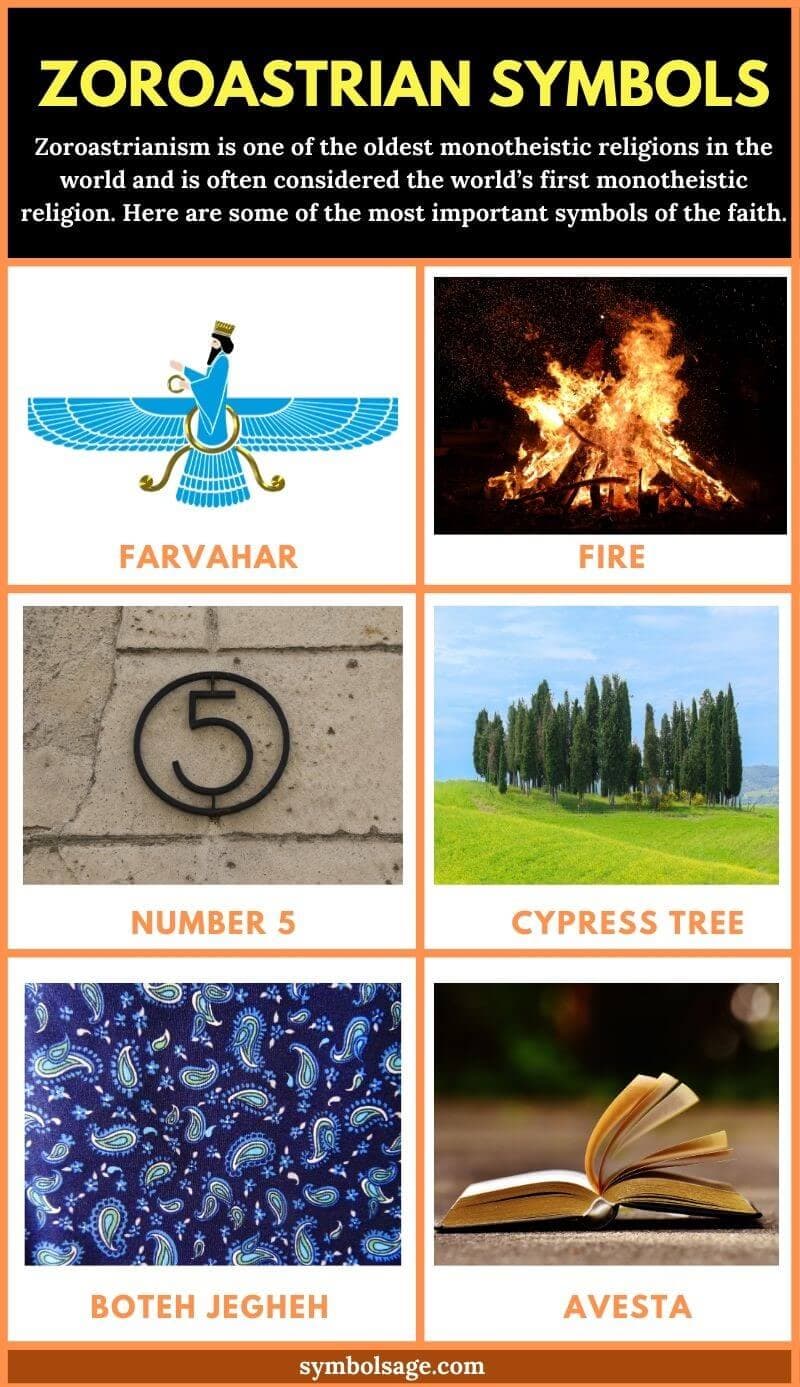
Related Articles:
11 Major Persian Gods and Goddesses – A List
Zarathustra (Zoroaster) – The Iranian Prophet Who Changed the World
What Does the Simurgh Symbolize?
8 Powerful Persian Symbols and What They Mean








